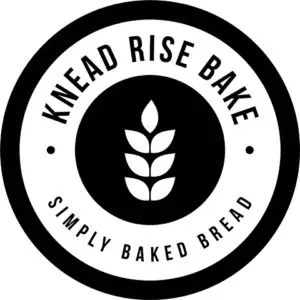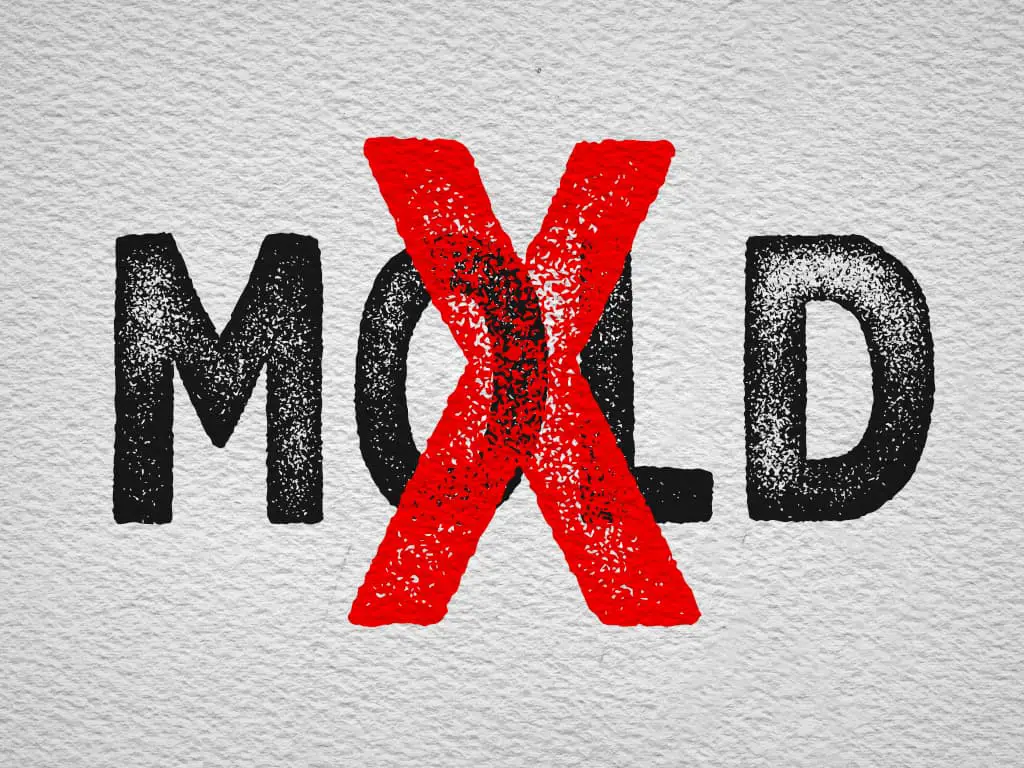As I mentioned in my earlier post about bread going stale, there’s nothing worse than tending to a beautiful, home-made loaf of bread, only to see it go bad within a couple of days. All that time and all those ingredients wasted! And while stale bread can be revived or even used in various recipes, there’s only one place for moldy bread – in the trash.
So. How can we as home bakers prevent our bread from going moldy, or at least delay the molding process as long as possible?
Start by using ingredients and processes that result in a more mold-resistant loaf of bread. Baking with natural sourdough, whole grains, and honey produces bread that will take longer to mold. Then store the bread in a container and location that gives the bread enough air flow, while still preventing it from going stale. Finally, if you still struggle with mold issues, calcium propionate is an inexpensive, readily-available additive that is widely used as a mold inhibitor in food.
So let’s look in more detail at each of these steps you can take – the ingredients and processes, storage strategies, and additional additive that can any or all be used to produce a longer-lasting loaf of bread. But before we dive into all that, let’s take a quick look at what mold is, and what causes it to show up on your home made bread.
What is mold, and what brings it to my bread?
Mold is a type of fungus. It reproduces through tiny spores which travel through the air. Mold spores are pretty much all around us. When the spores end up in the right conditions, they grow into the fuzzy, white, pink, or grey stuff we call “mold”.
What are the conditions that most encourage mold growth? There are three main things molds need: food to eat, moisture, and warm temperatures.
So how does our bread get moldy? Basically as soon as we bring bread out of the oven, some of those invisible, airborne mold spores land on it. And unfortunately, bread can be an ideal spot for mold to grow. The bread itself is great food for the mold, and bread is fairly moist. So if the bread also stays within the warm temperature range that most molds favor, there is a good chance it will get moldy within a few days.
Now that we’ve looked at what causes mold, let’s look at what we can do to slow its growth, starting with some easy ingredients and processes we can incorporate in our bread baking.
Ingredients and processes
If moldy bread is an issue, one strategy is to create a loaf of bread that has a more acidic environment. There are a few ways you can do this:
- Add an acid, such as vinegar or lemon juice, to your recipe (1 Tablespoon for every 4 – 5 cups of water).
- Allow the dough to have a longer fermentation period (or first rise). If this isn’t a feature of the original recipe, try only using 1/4 of the called-for yeast, and/or allowing the dough to rise overnight in the refrigerator.
- Use sourdough starter instead of commercial yeast. This has the added benefit of creating a loaf of bread that’s also more inclined to resist staling, as well as molding.
Another approach you can take is to include ingredients that are not as quick and easy for mold to digest. These include things like:
- Using honey, instead of sugar, as a sweetening agent.
- Adding whole grains, instead of just using white wheat flour. Barley, millet, oats, rye, and even good old whole wheat are some examples.
Another thing to keep in mind – make sure that your bread is completely baked before removing it from the oven. Because we all know that underbaked bread = moister bread, and moisture = mold growth. Not sure how to tell when your bread is done baking? The Kitchn gives three signs to look for.
Storage
Now that you’ve employed as many mold-fighting strategies as possible in the bake, it’s time to store your bread in a way that keeps mold at bay.
- First make sure bread is completely cooled before storing.
- Try to handle the bread as little as possible, since your hands can further contaminate the loaf.
- Don’t slice more than is necessary. Slicing the bread exposes more of the moist interior, which is more hospitable to mold growth than the dryer crust.
- Store in a cool, dry place with sufficient air flow.
- Yes: cupboards, kitchen counters, kitchen drawers
- No: near the dishwasher, on top of the fridge (too much heat and humidity).
- Avoid plastic bags, because they tend to trap moisture.
- Paper bags, kitchen towels, and/or linen bread bags will keep enough air flow to discourage mold growth.
- If you can spring for it, a bread box is even more ideal.
- Avoid the refrigerator, because while it will discourage molding, it will encourage staling.
- If the bread isn’t going to be eaten for a couple of days, freezing it is the very best way to prevent mold (and staling). Be sure to wrap it well in plastic to prevent moisture and freezer burn.
Thinking Outside the Box
I know that most of us bake bread at home because we want to avoid all the extra preservatives that are found in so many store-bought loaves. However, perhaps you live in a particularly humid climate, and for some reason or another all of the above tips aren’t quite cutting it in terms of mold prevention. If so, you may be interested to learn a bit about calcium propionate. This is an ingredient used in a lot of different commercially produced food, including baked goods, to prevent mold and spoiling. Although it’s usually used on the commercial level, it’s available to the home baker from Bakers’ Authority . If you’re interested in learning more about using it, here are a couple of resources:
- Bakerpedia recommends adding from .1% to .3% the amount of flour in your recipe, by weight. How to calculate: weigh the flour in your recipe by grams. Then multiply that number by .001 for .1%, .002 for.2%, etc. That number is the amount of calcium propionate, in grams, you should use. For example, 1000g of flour x .001 = 1 gram of calcium propionate.
- If you’re curious about the potential health benefits or risks, check out Healthline’s article.
What do you do when your bread is moldy?
Despite our best efforts, unless we freeze our homemade bread, it will eventually mold. When that happens, is there anything you can do to rescue or re-use the loaf? No. Because of the way mold grows and reproduces, it isn’t even safe to cut off the molded portion of the loaf and eat the rest. So if you find mold on your bread, do not eat it. Its best life now is as a member of the compost heap.

